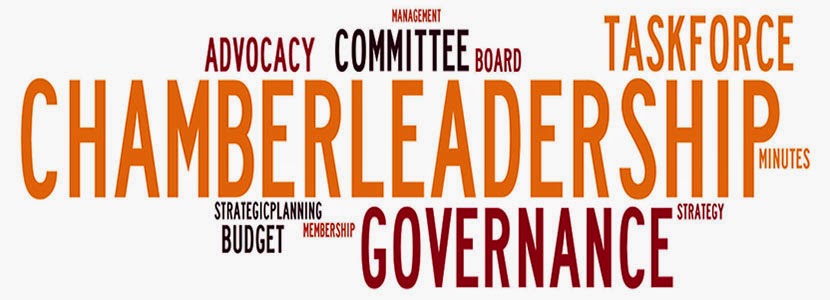The book is segmented into four parts and this post addresses the title of part IV of the book.
The final section of the book started out about addressing the culture of a board and changing it to one of performance. He goes into detail on a pathway to create this transformation to a performance-based culture.
I did a blog post on board scorecards and I’m a fan of using it as a tool, amongst many, that you can track the performance of your board. For a copy of that scorecard go HERE.
The segment ends by addressing board leadership, strategic thinking and board member behavior that affects governance.
Board Leadership – it’s about being part of the nominating committee and truly selecting leaders with the skill-set your chamber needs. For previous blog posts on that go HERE and HERE.
Strategic Thinking – recently there’s been a trend toward Foresight thinking and how it puts a different twist on the process. That blog post can be found HERE.
Board Behavior – remind them of their fiduciary responsibilities, Duty of Care, Duty of Loyalty and Duty of Obedience. A blog post addressing that subject can be found HERE.
I want to thank Hardy for sending me a signed copy of his book and allowing me to create these past four posts, based on his great work!
The final section of the book started out about addressing the culture of a board and changing it to one of performance. He goes into detail on a pathway to create this transformation to a performance-based culture.
I did a blog post on board scorecards and I’m a fan of using it as a tool, amongst many, that you can track the performance of your board. For a copy of that scorecard go HERE.
The segment ends by addressing board leadership, strategic thinking and board member behavior that affects governance.
Board Leadership – it’s about being part of the nominating committee and truly selecting leaders with the skill-set your chamber needs. For previous blog posts on that go HERE and HERE.
Strategic Thinking – recently there’s been a trend toward Foresight thinking and how it puts a different twist on the process. That blog post can be found HERE.
Board Behavior – remind them of their fiduciary responsibilities, Duty of Care, Duty of Loyalty and Duty of Obedience. A blog post addressing that subject can be found HERE.
I want to thank Hardy for sending me a signed copy of his book and allowing me to create these past four posts, based on his great work!
For more information on Hardy Smith, you can go to his website HERE.


